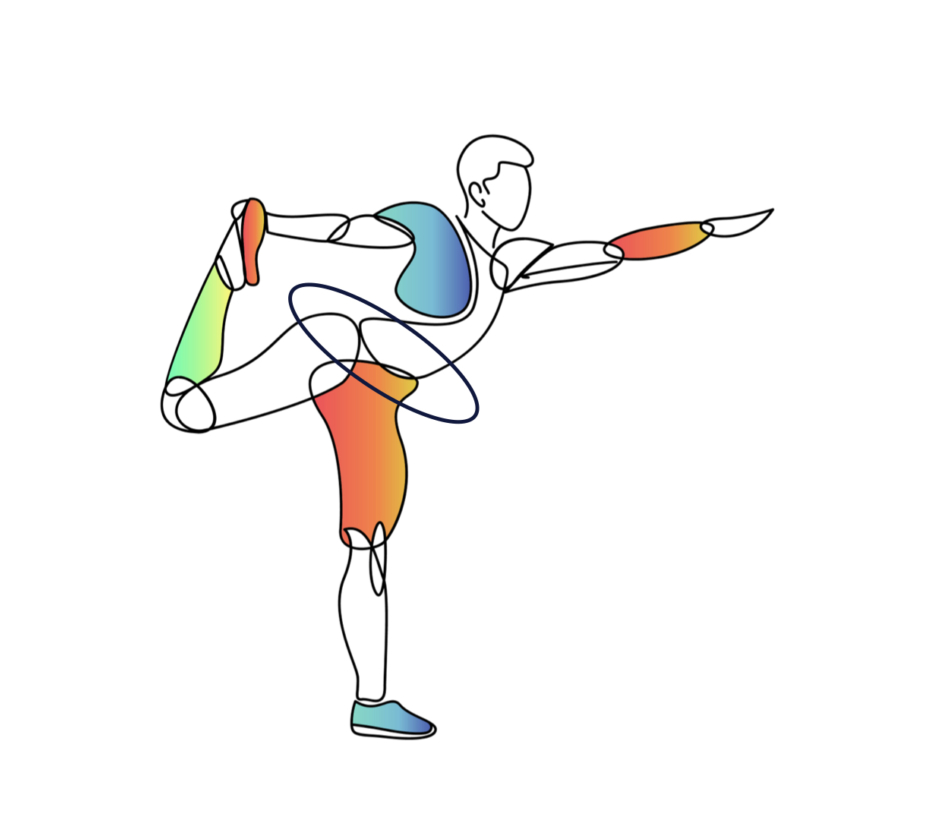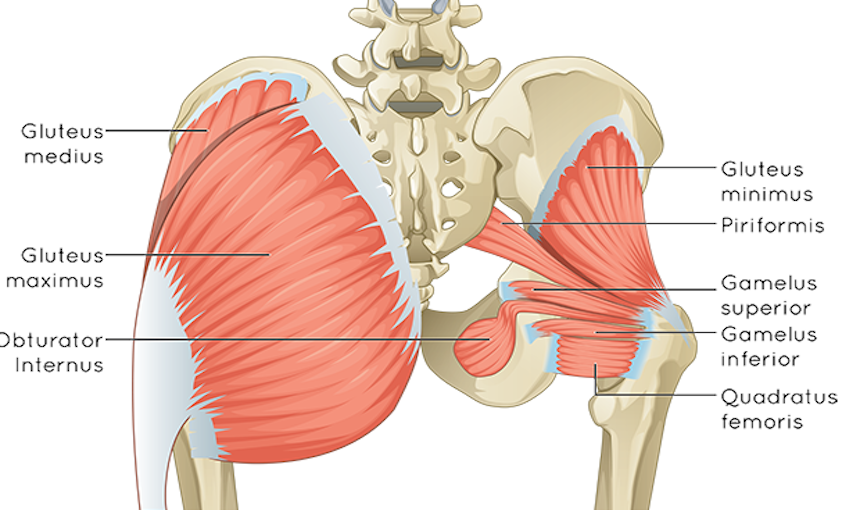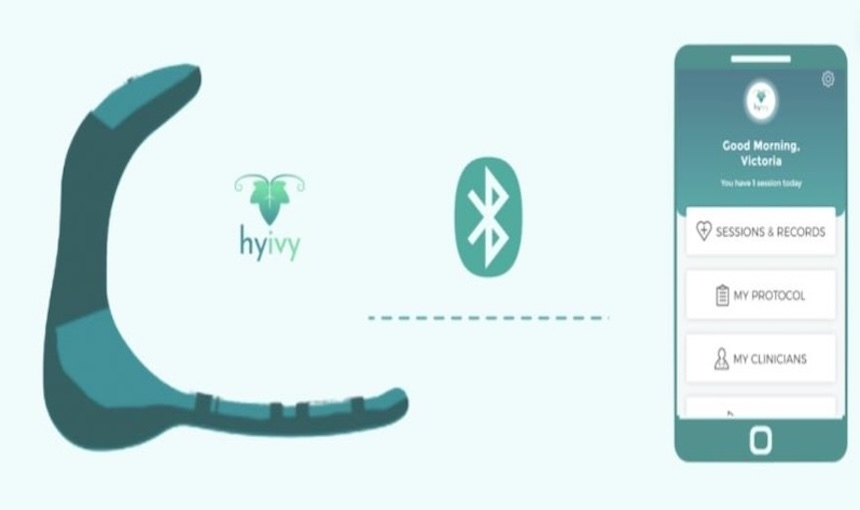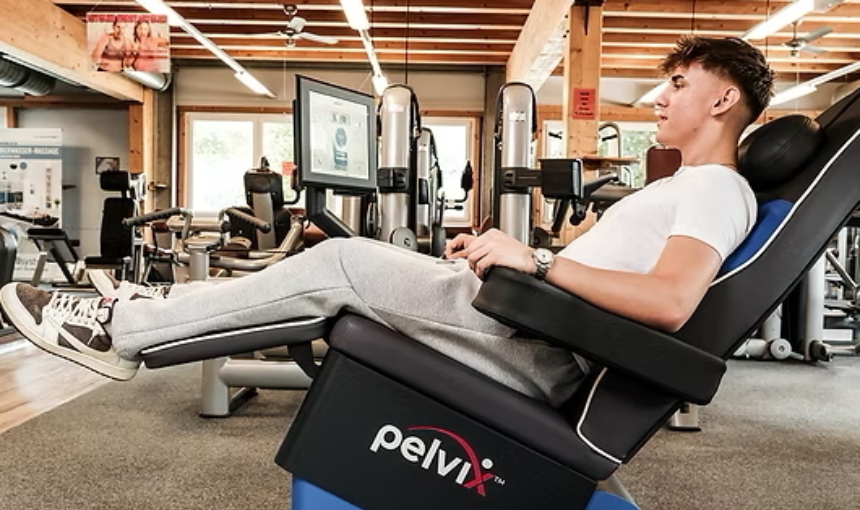PELVIC FLOOR: YOUR ATHLETIC ENGINE

Why? Because the pelvic floor is misunderstood, mistakenly associated with women’s health and not easily accessible.
But, pelvic muscles act as conductors of power and stability, and ignoring this muscle group leaves a gap in the performance equation. For high-impact performers chasing durability and longevity, that’s a blind spot.
It’s time for a change.
Pelvic Muscles - Built from the Base
The pelvic floor is foundational - and includes the muscles and structures within the area from the pubic bone to the tailbone. It plays a crucial role in supporting the bladder, lower bowels, reproductive organs, and lower abdominals. Its influence can even extend to the lower back, the gluteus, and the diaphragm.
Despite its importance, pelvic muscle fitness is largely sidelined – for being hard to evaluate & train, and for still being taboo; especially in men.
Yet the oversight can not only affect performance — but can derail health and wellbeing entirely.
Wear and Tear
Pelvic muscles are just as vulnerable to underuse as they are to overstrain.
- Prolonged sitting can lead to gluteal amnesia.
- Activities like cycling can compress pelvic nerves, compromise blood flow and weaken supporting structures over time.
- High-impact sports like running, or heavy-lifting generate intense intra-abdominal pressure and can fatigue connective tissue.
Whether neglected or overloaded, long-term outcomes are the same: left unaddressed, dormant or weakened pelvic floor muscles lead to a spectrum of conditions including dysfunctional movement patterns & compensating mechanism linked to stress-related injuries, instabilities & poor posture, internal pressure mismanagement & incontinence, and inefficient breathing. Over time, these may progress into more severe pelvic floor disorders (PFD) like organ prolapse.
Beyond the usual narratives - Pelvic disorders are often miscast as female issues, but male (athletes) experience similar wear, symptoms and stigma.
While postpartum or peri-menopausal women are at greater risk and represent important use cases, they shouldn’t define the whole category as aging, obesity, and prostate surgery all factor-in to increase risks in men.
PFDs are thus a serious gender-neutral issue and performance limiter – in sports and everyday life.
How to Train
While core training has long been a gym staple, pelvic floor-specific conditioning is only now finding its way into mainstream athletic programming.
The shift is visible: digital MSK platforms like Sword Bloom, Kaia, Hinge are introducing pelvic-specific modules. Virtual pelvic floor training platforms are also emerging, extending access outside in-person – often women-specific – specialized rehab studios or clinics.
Still, most pelvic training today rely on Kegel exercises – contracting and relaxing the muscles often described as those used to stop urination midstream. The issue? These are notoriously difficult to isolate, especially when weak or dormant.
Part of the solution lies in a wave of FemTech tools like Elvie or Hyivy are modernizing Kegels training with intra-vaginal EMG biofeedback and gamified-like user experiences. Only serving the women’s market, these tools can seem quite invasive and impractical for broader athletic use.
... Smarter
More inclusion, less intrusion
Pulsed Electromagnetic Field (PEMF) stimulation is widening the pelvic health landscape, offering a new non-invasive and passive solution for those seeking to strengthen or rehabilitate pelvic muscles – without guesswork or stigma.
Similar in principle to electrotherapy like TENS, PEMF-equipped lounge chairs like Pelvix use electromagnetic pulses to trigger pelvic muscle contractions at varying frequency and power depending on use-case and objective.
Single 20-minute sessions can induce up to 20,000 controlled muscle contractions – including deep and secondary muscle groups often difficult to isolate voluntarily, especially when neuromotor coordination is weak or disrupted. Feedback and effects are noticeable immediately, and benefits compound over the course of repeated sessions.
As demand for non-invasive, tech-enabled recovery tools grows, such systems are now appearing in fitness centers, wellness studios and longevity clinics. For operators, they offer a solution to maximize space, attract a broader range of customers and encourage retention & dwell time.
Crucially, they help close the gap in pelvic health access, appealing to men, women, and aging adults – often overlooked in the proactive pelvic health conversation. Given the high prevalence of pelvic dysfunction across all age groups and sexes, this represents both a meaningful intervention and a massive market opportunity.
Picture a room full of individuals reclining, eyes closed, muscles quietly firing deep below the surface. This isn’t resting – it’s pelvic floor training.
Pelvic Strength for the Long Game
While pelvic training is gaining ground in performance circles, its real value may show up over the long haul.
Beyond elite performance, pelvic health offers the ability to perform with power and purpose over time. As more athletes compete into their 60s and beyond, pelvic strength becomes a key component of what really matters: physical autonomy
A well-conditioned pelvic system supports physical hallmarks of physical longevity and is set to become one of its pillars.
Whether you’re training for your Masters PB, or simply planning to age on your own terms, pelvic training should be part of your long game.



